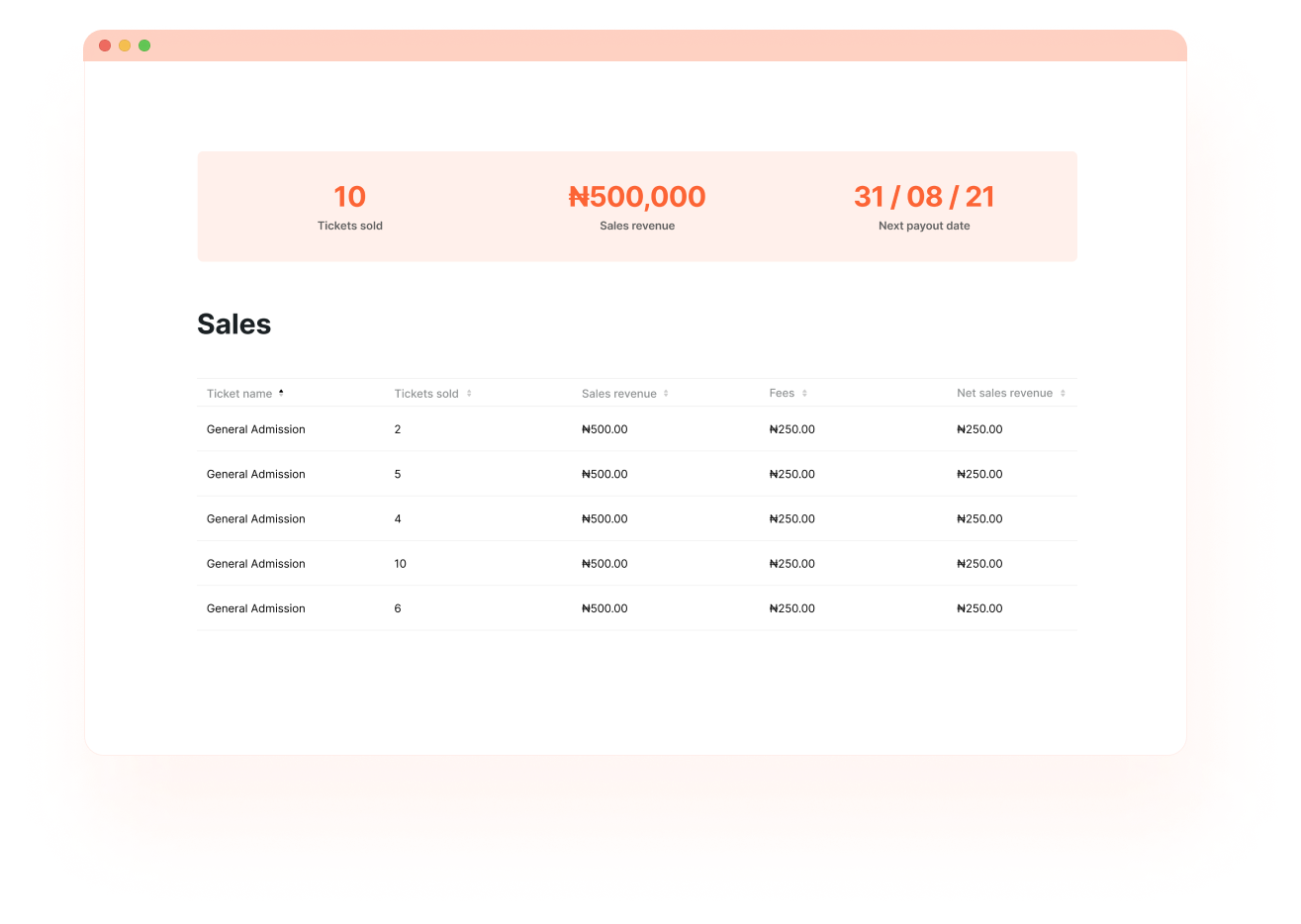How To Plan a Tech Conference: An 8-Step Guide

Tech conferences are a great way to learn about the latest trends in the industry, network with other professionals, and even build your brand. These events bring together industry professionals, founders, and enthusiasts under one roof to discuss emerging trends, share knowledge, and showcase groundbreaking products and services. If you're thinking about planning a tech conference, there are a few things you need to know.
In this blog post, we will walk you through eight essential steps to plan and execute a successful tech conference.
What is a tech conference?
A tech conference is a gathering of people who work in the technology industry. These events typically feature keynote speakers, breakout sessions, networking opportunities, and sometimes, an exhibition of various tech products and services.
Tech conferences can cover a wide range of topics, such as artificial intelligence, blockchain, cybersecurity, data science, software development, and more. They serve as a platform to learn, engage, and connect with other tech professionals who share a common interest in the ever-evolving world of technology.
Why should you plan one?
There are many reasons why individuals or tech companies should plan their own tech conference. Here are a few:
- Knowledge Sharing: By organizing a conference, you can position yourself as a thought leader and facilitate the exchange of knowledge between experts and enthusiasts and foster a culture of continuous learning.
- Networking Opportunities: Organizing a tech conference allows you and your brand to connect with potential clients, collaborators, mentors, and investors, opening doors to new opportunities and partnerships.
- Industry Visibility and Collaboration: A well-planned tech conference can elevate your personal or organizational brand within the industry. It can also act as a catalyst for collaboration with other individuals or other organizations and the exchange of ideas.
Now that you know the benefits planning a tech conference offers, let’s dive into our step-by-step guide for planning your first successful one!
Step 1: Set your goals
Planning a tech conference requires a solid foundation built on clear goals, a well-defined target audience, and a realistic budget and timeline. These will help guide all your decision making throughout your process.
So first things first, what do you hope to achieve with your event? Do you want to share knowledge and best practices with your peers? Network with other professionals? Promote your company or product? Or generate leads or sales? Once you’ve figured out which of these you’d like to achieve, you’re set to plan the rest of your event.
Another important consideration is your target audience. Who do you want to attend your conference? Software developers? Tech founders? Tech marketing professionals? Once you know your target audience, you can tailor the content and format of your event to appeal to them.
Finally, it's important to set a budget and timeline for your conference. This will help you make decisions about everything from the venue to the speakers and even your marketing strategy.
Step 2: Choose a date and location
Now that you’ve defined your goals and you know who your target audience is, you need to make the right date and location choice for your conference.
There are a few factors to consider here, like when and where your competition tech conferences usually happen, and what venues are available for the proposed size of your conference. You can learn about other factors you should consider in this video on our Instagram page.
Once you've chosen a date and location for your tech conference, you'll need to consider the logistics of holding an event at that location. This involves renting the venue, figuring out how to provide food and refreshments for your attendees, event safety and security too!
Step 3: Create a speaker lineup
Curating an impressive lineup of speakers is a no-brainer for planning a successful tech conference. This is what will draw in your attendees. The first thing you need to do is identify the top experts in the specific field your conference will target. This could be top designers, software developers, product marketers, or all of the above. It’s important to note that a diverse and knowledgeable group of speakers will attract attendees, provide valuable insights, and elevate the overall quality of your event.
When you have your initial list of potential speakers, you need to consider what topics would be of interest to your target audience. This will help you narrow down your choices. Okay, now you have a list of who you want to speak at your conference. The next step is to reach out to them. There are a few ways to do this. You can:
- Reach out to them directly and get them excited about the event.
- Offer them a speaking fee.
- Offer them other benefits, such as travel, accommodation, or product and service discounts from sponsors.
Follow these steps and you can create a speaker lineup that will be informative and engaging for your attendees!
Step 4: Develop your conference agenda

When developing the agenda for your tech conference, you need to consider the needs of your target audience. What topics are they interested in learning more about? What types of sessions would be most beneficial to them? These could be keynote presentations, breakout sessions, workshops and panel discussions. Then you can determine the length of each session. This depends on the type of session and the level of detail that you want to cover.
If it’s a whole day event, don’t forget to schedule breaks throughout your conference agenda to give attendees a chance to rest, eat, and network.
Step 5: Promote your tech conference
So you’ve set your goals, and settled on a date, location, speakers, and your conference agenda. This means you have all the details you need to start promoting your conference.
There are many ways to let people know about your tech conference. You already know your target audience, so think about what channels they use the most. Your options could be social media or an email list you’ve built before. You can also utilize paid digital or offline promotions like social media and search engine ads or billboards. A great tip to get more ticket sales is to promote your conference in online communities your target audience belongs to.
Step 6: Create tasks and a timeline, and delegate or outsource
Once you have a good understanding of what needs to be done to plan your tech conference, you can start creating tasks and a timeline. This will help you stay organized and on track. When creating tasks and timelines, make sure to break them down into small, manageable steps and be realistic about how long each task will take. This will make them easier to delegate and complete.
It’s extremely difficult to plan a tech conference alone. So we recommend delegating tasks to a team and outsourcing what you can. For instance, things like ticketing and checking in guests at your event venue can be overwhelming to do on your own. That’s why Tix offers the best event management tools to make sure you focus on your event and leave the heavy lifting to us.
Step 7: Execute your plan on your event day
This is the time to put all of your hard work into action! To make sure everything runs smoothly on the day of your tech conference, follow these tips:
- Arrive early: This will give you time to set up and make sure everything is ready for your attendees.
- Check in with your team: Make sure everyone knows their roles and responsibilities and that they are prepared for the day.
- Be flexible: Things don't always go according to plan, so be prepared to kickstart your plan B if you need to.
- Stay calm: It's important to stay calm and collected on the day of your event. This will help you deal with any unexpected challenges that may arise.
Step 8: Evaluate your results

Now that your tech conference is over, it's important to evaluate everything that happened to determine if you succeeded. This will help you identify what went well, what could be improved, and how you can plan a better event in the future.
Here are a few questions to ask yourself when evaluating your results:
- How many people attended?
- What were the most popular sessions?
- Did attendees find the content valuable?
- Did attendees have a positive experience?
- What could be improved?
- What are the most important lessons learned?
Some of these questions can be answered by tracking your success on the Tix sales dashboard. By answering these questions, you can get a better understanding of how successful your tech conference was and improve for your next event!
We hope that this guide has provided you with practical tips to start your journey of planning a tech conference. By following the steps outlined in this guide, you can plan a one that delivers value to your attendees, creates networking opportunities, and leaves a lasting impact on the tech community!